What is sleepwalking?
Sleepwalking is a sleep disorder or parasomnia [1] where a person performs activities during sleep without being consciously aware of them.
These activities can range from simple actions, like sitting up in bed, to more complex tasks, like walking or even driving. 😲
It typically happens during the deep stages of sleep and can last anywhere from a few seconds to several minutes.
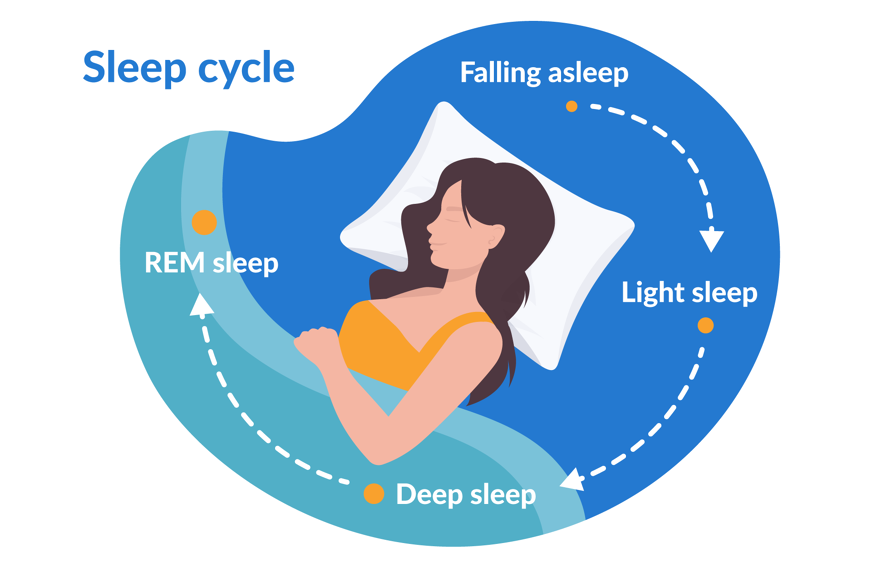
In most cases, the person goes back to sleep without remembering the episode.
What happens when someone sleepwalks?
Sleepwalking episodes can involve a range of actions, from simple movements to more complex behaviours, lasting anywhere from a few seconds to over an hour.
During these episodes, a sleepwalker may:
- Walk or even run, usually without a clear purpose
- Have their eyes open but with a blank or unfocused stare
- Speak in a limited way, often with simplified responses or incoherent speech
- Perform routine tasks such as getting dressed, eating, or other daily activities
- Engage in sexual behaviours (sexsomnia [2])
- Urinate in inappropriate places
- Leave the house
A classic symptom of sleepwalking and other non-REM parasomnias is that the person has no memory of the episode upon waking.
Sleepwalking can lead to injuries, particularly if the sleepwalker attempts tasks like driving or operating machinery.
Unfortunately, sleepwalkers also often face disrupted sleep, resulting in daytime fatigue and irritability.
Safety measure tips for sleepwalkers
Since sleepwalkers are prone to accidents, it's important to engage a few safety measures:
- Lock and secure doors and windows
- Block off stairways and remove tripping hazards
- Secure furniture and shelving to prevent accidents
- Keep dangerous objects out of reach
This may not solve the sleepwalking, but it will keep the sleepwalker safe.
What causes sleepwalking?
Sleepwalking can be triggered by several external factors or may even have a genetic component.
Below, we'll go through some of the most common causes of sleepwalking. 👇
Genetics
In most cases, genes are responsible for sleepwalking.
Although this doesn’t mean every child whose parents sleepwalk will be affected, studies [3] suggest that around 47% of children with sleepwalking parents will also develop the disorder.
Stress (and subsequent lack of sleep)
Both physical and emotional stress can have a negative impact on sleep quality.
If someone experiences prolonged stress and doesn’t enter deep sleep, they may be more prone to sleepwalking.
Medications
Certain medications, including sedative-hypnotics (like benzodiazepines), certain types of antidepressants, and antipsychotics, are known to trigger sleepwalking episodes.
These drugs can alter sleep stages, particularly deep (non-REM) sleep, making it easier for complex motor activities to occur while the individual remains asleep.
Studies [4] highlight the importance of doctors and patients monitoring side effects and adjusting doses or considering alternative treatments if necessary.
Alcohol
Excessive alcohol consumption can worsen various sleep disorders.
While many people believe that a glass of wine may help them fall asleep faster, it actually leads to more restless sleep and frequent awakenings. 🍷
Since deep sleep stages are disrupted, sleepwalking can also occur, especially with regular alcohol consumption.
Other causes linked to health conditions
In addition to the factors mentioned above, certain health conditions can also be linked to sleepwalking.
These include:
- Sleep apnoea (a disorder where breathing repeatedly stops during sleep)
- Restless legs syndrome (a neurological condition causing uncontrollable leg movements)
- Gastro-oesophageal reflux disease (where stomach acid flows back into the oesophagus, leading to discomfort and sleep disturbances)
- Narcolepsy (a condition causing excessive daytime sleepiness and sudden sleep attacks)
Please always consult your GP or healthcare professional if an underlying health condition is involved or suspected.
Can sleepwalking be treated?
The way sleepwalking is treated will depend on the person affected.
For children, treatment is generally unnecessary as the condition usually resolves on its own over time.
And for most people, the simplest way to manage sleepwalking is by improving sleep hygiene, which also includes investing in a comfortable bed, a suitable mattress, and a good pillow.
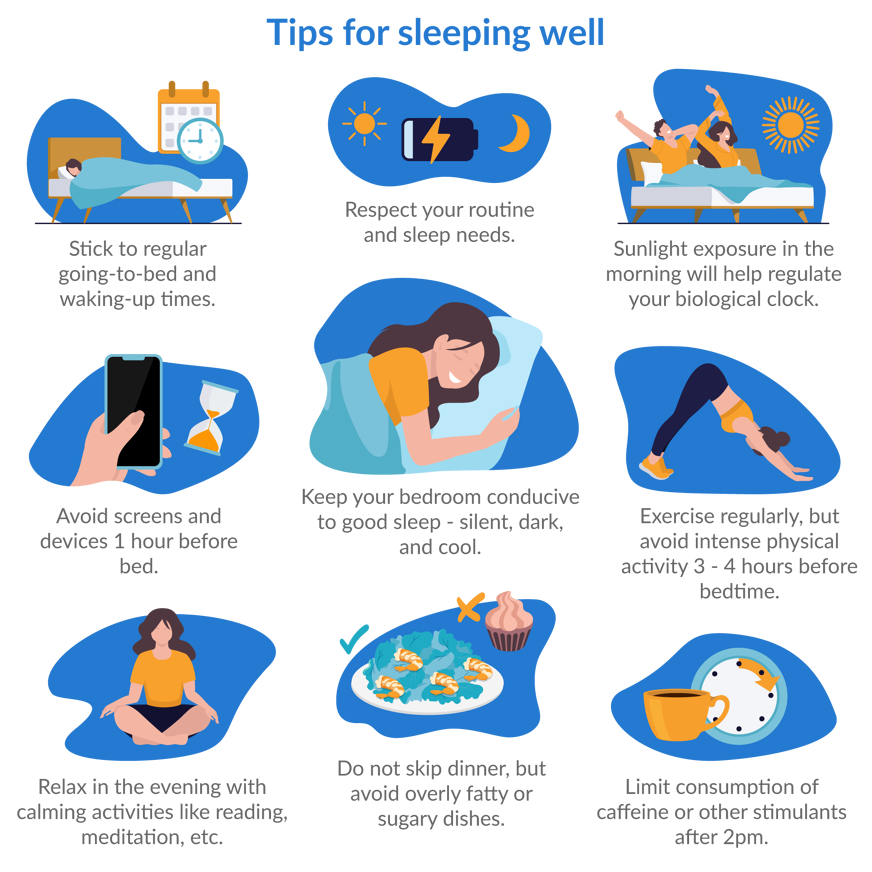
But in some cases, more specific treatments may be needed:
Relaxation techniques
Relaxation techniques help reduce stress and anxiety, two key factors that can contribute to sleepwalking.
- Meditation: Focusing on the present moment can lower stress and anxiety, improving overall sleep quality.
- Breathing techniques: Deep breathing exercises calm the nervous system and promote relaxation.
- Progressive muscle relaxation: Tensing and releasing different muscle groups in sequence relieves physical and mental tension.
- Guided imagery: Visualising calming scenes help the mind unwind and ease into sleep.
- Yoga Nidra: This guided deep relaxation practice enhances sleep quality.
These are great go-tos to improve general sleep hygiene as well.
Cognitive behavioural therapy (CBT)
Cognitive behavioural therapy (CBT) uses talking therapy to help identify and break negative thought patterns and associations.
The goal is to remove any harmful connections between sleep and stress, promoting healthier sleep habits.
CBT is particularly effective when psychological stress is the main trigger for sleepwalking.
Medication
Medication is generally only recommended when other measures are ineffective and when episodes pose a risk to the person or others.
Common treatments include benzodiazepines and antidepressants but, in some cases, melatonin may also be used to help regulate sleep cycles.
On the downside, medication can carry risks and may even worsen sleepwalking if not properly managed.
Always consult a medical professional before considering this option.
Treating underlying conditions is also worth considering.
As mentioned earlier, sleepwalking can be linked to other sleep disorders, such as sleep apnoea, restless legs syndrome, or gastro-oesophageal reflux disease (GORD).
Addressing the underlying condition can significantly reduce the frequency of sleepwalking episodes.
What should you do when you notice someone sleepwalking?
Witnessing someone sleepwalking can be unsettling, especially if you’re unsure how to respond.
The best approach is to observe the situation carefully and take note of when and how the episodes occur - this can help identify potential triggers.
Installing cameras may also be useful for detecting patterns and ensuring a safe environment.
If you experience sleepwalking as an adult, it’s a good idea to consult a specialist, such as a neurologist, to explore suitable therapies or treatments.
Final thoughts on sleepwalking
Sleepwalking is a fascinating but potentially risky sleep disorder that affects both children and adults.
While it’s often harmless and resolves on its own, understanding what causes sleepwalking can help manage triggers and reduce episodes.
If sleepwalking becomes frequent, dangerous, or disruptive, seeking professional advice can ensure the right treatment and safety measures are in place.


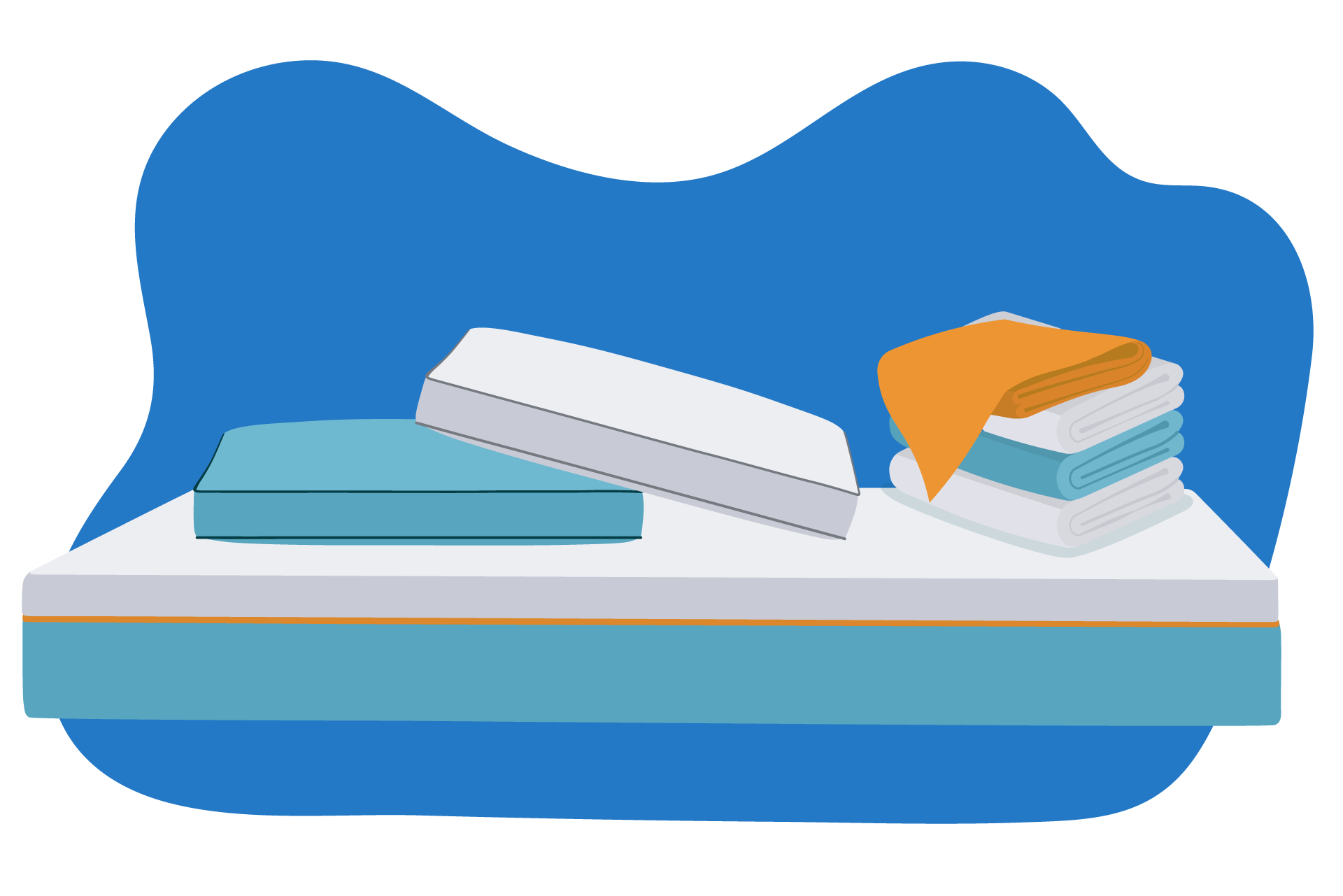
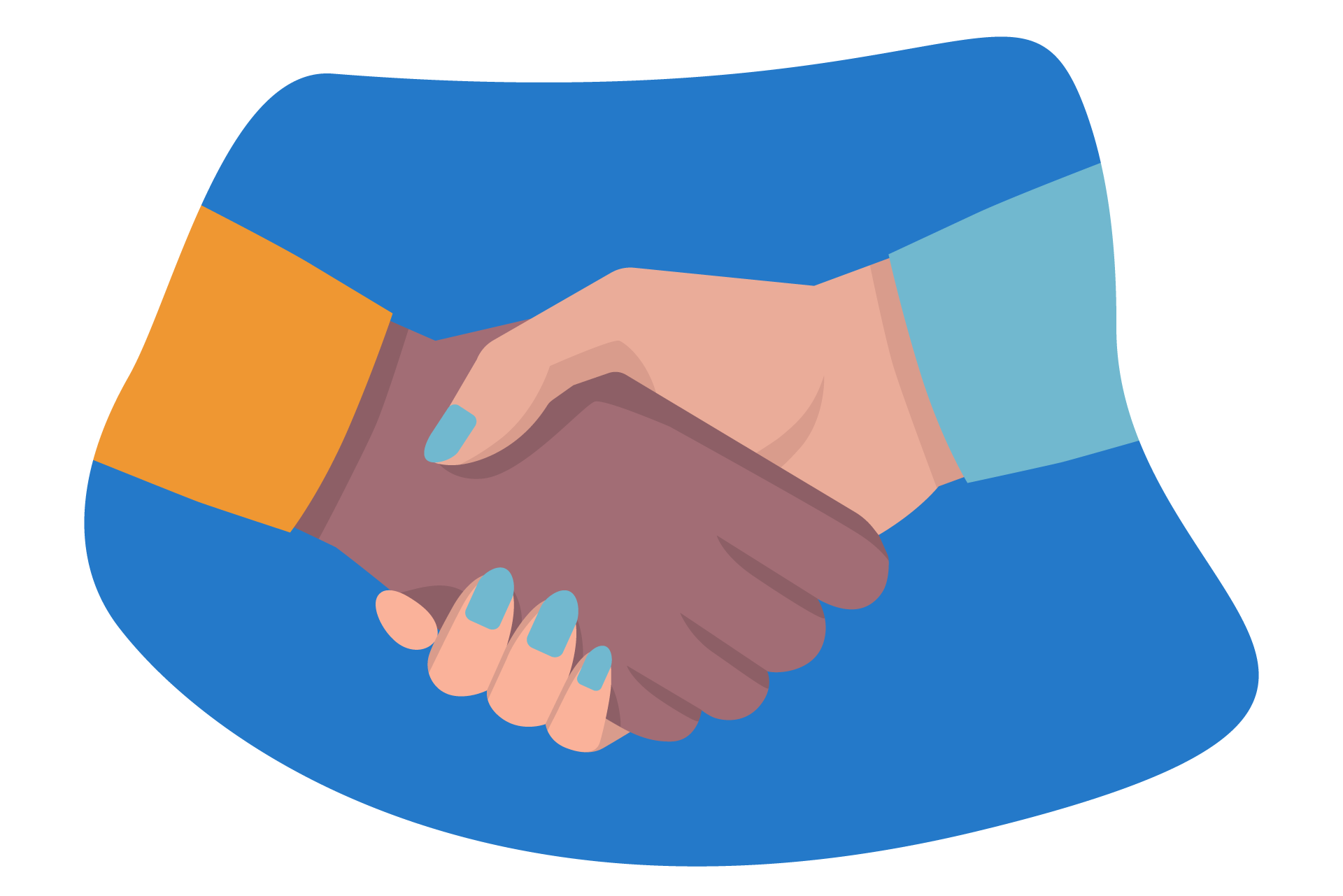
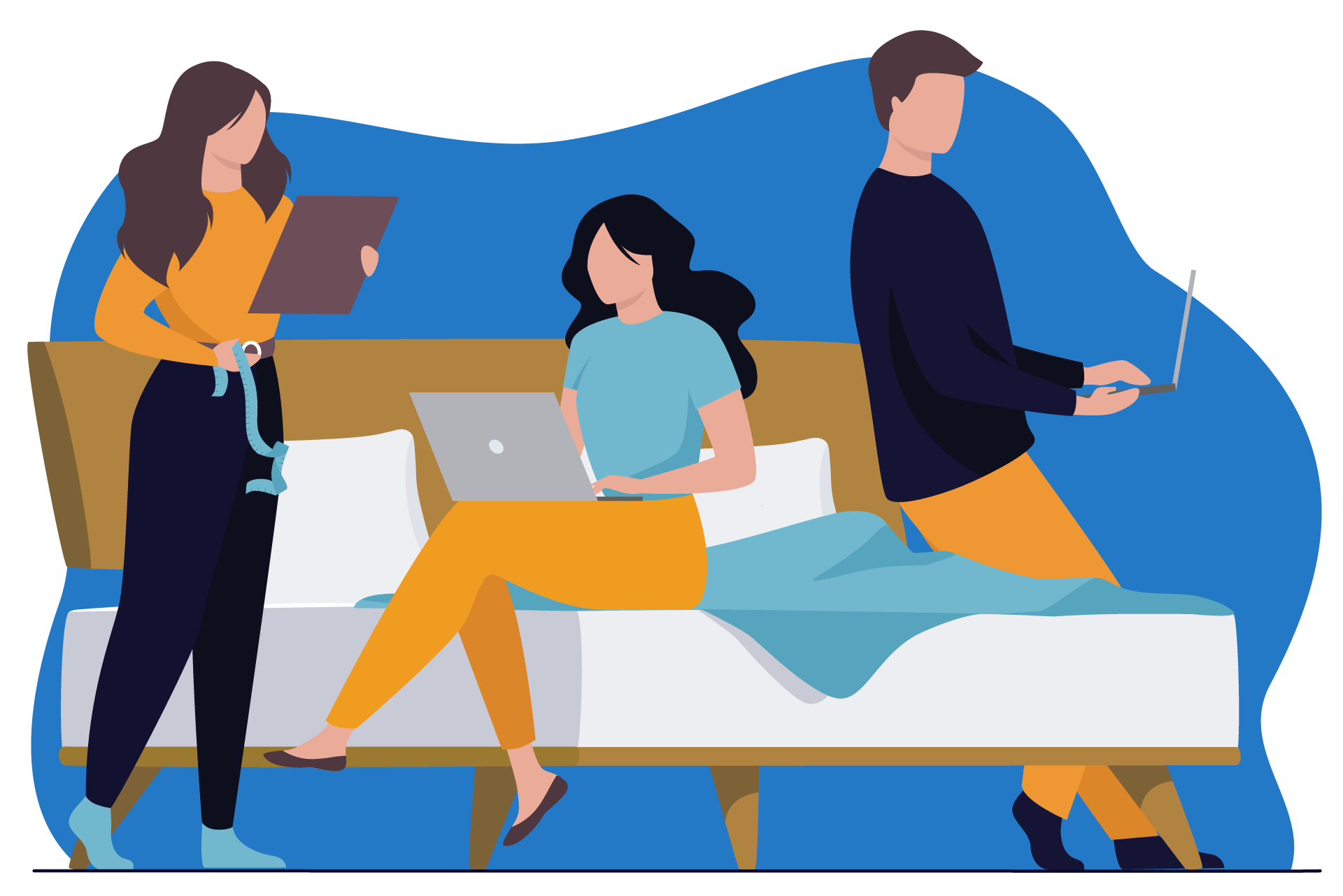


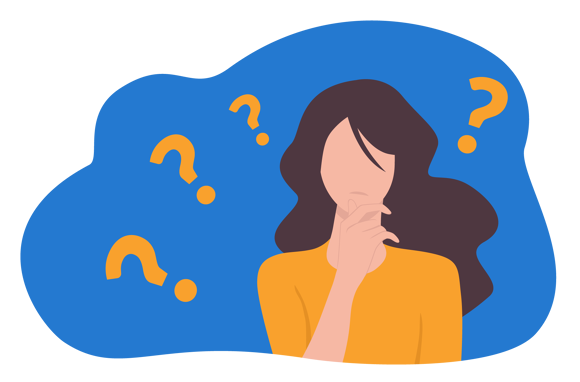
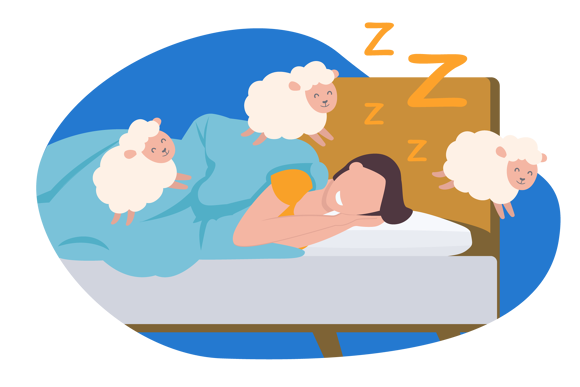
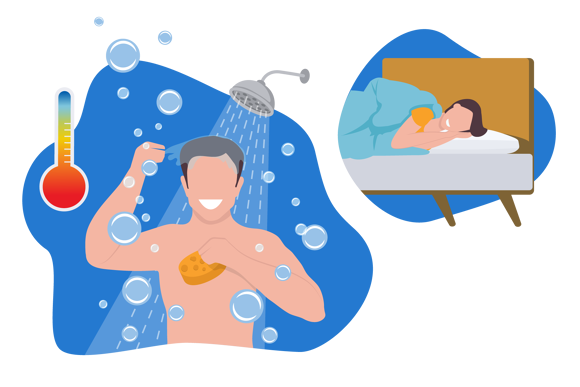


Alternatively, message us directly via the Contact Us page.